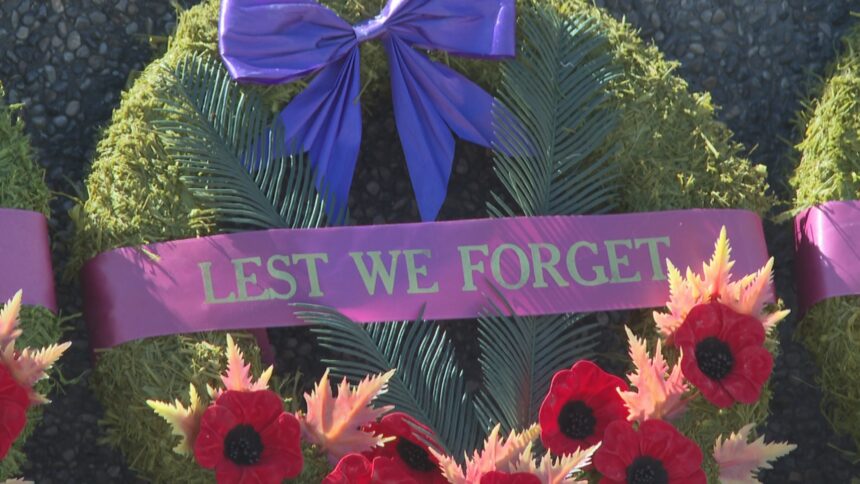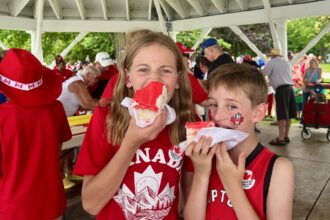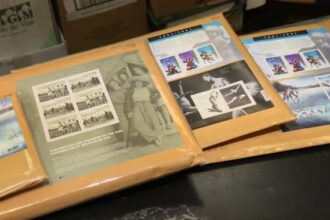The red and white maple leaf flag flew proudly alongside the Dutch tricolor across the Netherlands this week as both nations marked the 80th anniversary of Canada’s pivotal role in liberating the Dutch from Nazi occupation during the Second World War. What began as a military alliance has blossomed into an enduring friendship spanning generations, one that continues to touch the hearts of citizens in both countries.
“We will never forget what Canadian soldiers did for us,” said Willem Van der Veen, 87, whose family sheltered Canadian paratroopers in their farmhouse near Arnhem during the final push toward liberation. “They came from across an ocean to fight for people they didn’t know. How can we ever repay such sacrifice?”
The Canadian campaign to liberate the Netherlands began in September 1944 and continued until May 5, 1945, when German forces formally surrendered. More than 7,600 Canadian soldiers died during the Netherlands campaign, their graves meticulously maintained to this day in Commonwealth war cemeteries throughout the country.
In Amsterdam’s Dam Square, Canadian Governor General Mary Simon joined Dutch King Willem-Alexander for a solemn ceremony where thousands gathered despite steady rainfall. The weather seemed fitting—a reminder of the harsh conditions Canadian troops endured during what became known as the “Hunger Winter” of 1944-45, when Dutch civilians faced severe food shortages under Nazi occupation.
“The bonds forged between our nations during those darkest hours continue to unite us,” Simon said during her address. “From the tulips that bloom in Ottawa each spring to the educational exchanges and business partnerships that thrive today, our nations remain inextricably linked.”
The tulip tradition stands as perhaps the most visible symbol of this enduring relationship. Following liberation, the Dutch royal family sent 100,000 tulip bulbs to Canada—a tradition that continues annually—as thanks for sheltering Princess Juliana and her family during the war and for Canada’s role in liberation.
In The Hague, Prime Minister Justin Trudeau participated in commemoration events alongside Dutch Prime Minister Dick Schoof, laying wreaths at the Groesbeek Canadian War Cemetery where 2,338 Canadian soldiers are buried. Several aging veterans, now in their late 90s and early 100s, made the journey back to the soil they helped liberate eight decades ago.
Former corporal James Richardson, 99, was among them. “It wasn’t about heroism,” he said, his voice breaking slightly. “We were just boys doing what needed to be done. But seeing how the Dutch people remember us after all these years… that’s something special.”
The commemorations weren’t limited to political figures and veterans. Across the Netherlands, school children have participated in adoption programs for Canadian war graves, learning the stories behind the names engraved in stone. Meanwhile, in Canada, Dutch-Canadian cultural associations organized parallel ceremonies in cities with significant Dutch immigrant populations—many of whom came to Canada following the war.
Historian Melanie Huygens, who specializes in Canadian-Dutch relations at Leiden University, explains the unique nature of this bond: “Few military liberations have resulted in such lasting diplomatic and cultural connections. It’s a relationship that transcends typical political alliances, touching on something more fundamentally human.”
The anniversary also highlights ongoing economic ties, with bilateral trade exceeding $9.7 billion annually. The Netherlands remains one of Canada’s most important European trading partners, with significant Dutch investment in Canadian energy and agricultural sectors.
As the number of WWII veterans dwindles with each passing year, both countries face the challenge of preserving this historical connection for future generations. Digital archives, educational initiatives, and renewed cultural exchanges are being developed to ensure the story endures.
As the final notes of “The Last Post” echoed across the immaculately maintained grounds of Bergen op Zoom Canadian War Cemetery, one couldn’t help but wonder











